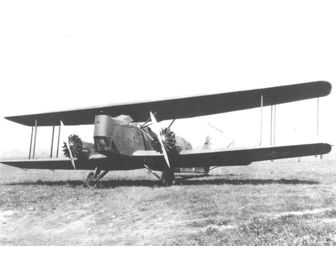Keystone XLB-3

The Keystone XLB-3 (originally built under the Huff-Daland name) was a prototype bomber biplane developed in the United States in the late 1920s. It was a twin-engine development of the single-engine LB-1 brought about by a change in policy by the USAAC. The shift from a nose-mounted engine to engines mounted in nacelles on the lower wing created an opportunity to provide stations for two extra crewmembers - a bombardier and a nose-gunner bringing the total to five.
Curtiss B-2 Condor, Keystone Xlb-3, Keystone Lb-5, Douglas Dt, Martin
Bm, Douglas T2d, Huff-Daland Xhb-1, Huff-Daland Lb-1, Huff-Daland
Xb-1, Boeing Tb.1
LB-5, Keystone XLB-3, Fokker F 10, Huff-Daland LB-1, Martin XB-51,
Convair XB-53, Curtiss-Wright XF-87 Blackhawk, Douglas XB-42
Mixmaster, Vultee XA-41, Curtiss A-40, Kaiser-Fleetwings A-39,
Beechcraft XA-38 Grizzly, Hughes D-2, North 2
Le Keystone XLB-3 est un prototype de bombardier américain développé dans les années 1920.
~
Le Sikorsky XBLR-3 est un projet de bombardier américain à long rayon d'action développé dans les années 1930.3
Made by Keystone Aircraft.
Empty Weight Lb
6065
Wing Area Sqm
1038
Eng 1 Type
Pratt & Whitney R-1340 Wasp
Max Speed Mph
116
Ceiling Ft
11210
Eng 1 Kw
305
Span In
Gross Weight Lb
11682
Number Built
1
Crew
Five - pilot
copilot
bombardier
two gunners
Climb Rate Ftmin
550
Empty Weight Kg
2756
Gross Weight Kg
5310
Armament
1
2
2205
Height In
10
Range Km
870
Climb Rate Ms
3
Manufacturer
Range Miles
544
First Flight
ca. December
Max Speed Kmh
186
Height Ft
16
Span Ft
67
National Origin
United States
Wing Area Sqft
106
Met Or Eng
eng
Span M
20
Length Ft
45
Height M
5
Ceiling M
3400
Eng 1 Hp
410
Eng 1 Number
2
Length In
Length M
14
Category
